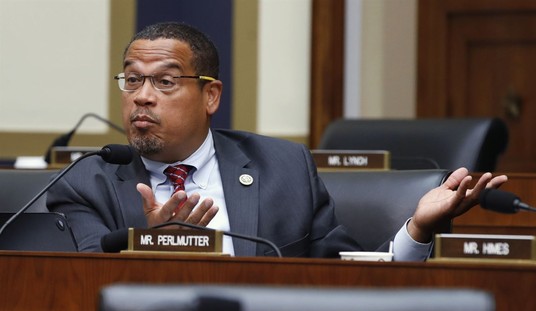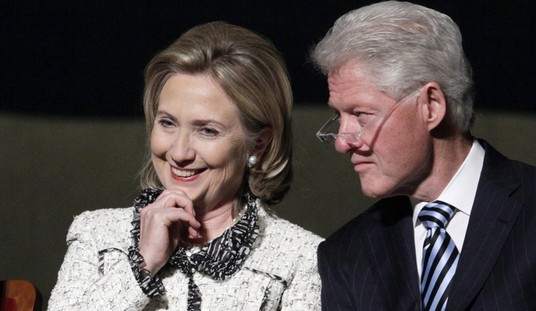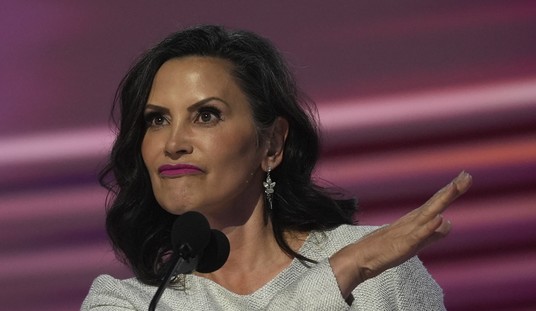=========
=========
Promoted from the diaries by streiff. Promotion does not imply endorsement.
=========
=========
That I am opposed to capital punishment is well known to both my readers on The First Street Journal and those who have seen my diary entries on Red State. Though it might seem counter intuitive that it costs more to execute a prisoner than to keep him locked up for the rest of his life, the additional costs which come with capital punishment, due to special incarceration on death row and myriad appeals, that is the way things work out.
The experience in Pennsylvania seems instructive: since the time capital punishment was re-enacted, on March 25, 1974, only three men have actually been executed, and all three voluntarily dropped their appeals. No one has been executed against his will in the Keystone State since capital punishment was restored, yet the commonwealth’s death row has 158 men and two women supposedly awaiting a date with the needle, because prosecutors just love showing that they are tough on crime by going after it in particularly heinous cases, even though they know full well that the death sentences they win will never actually be carried out. Governor Tom Wolf (D-PA) has declared a moratorium on executions, but the chief executive’s attitude doesn’t seem to matter much; the previous Governor, Tom Corbett (R-PA), signed almost fifty death warrants, and exactly zero of them resulted in an execution.
But, for a conservative, my opinion that capital punishment should be abolished is very much in the minority. One thing is clear: the vast majority of murderers on death row in the United States deserve no sympathy at all.
And thus we come to the case of Bucklew v Precythe, in which the Supreme Court held that the state of Missouri could execute Russell Bucklew, even though Mr Bucklew has a medical condition which might result in his scheduled execution by phenobarbital injection painful. Mr Bucklew had murdered Michael Sanders, his ex-girlfriend’s new boyfriend, raped Stephanie Ray, the woman involved, and fired at, though missing, Mr Sanders’six-year-old son.
It’s pretty difficult to have much sympathy for Mr Bucklew’s possible minute of so of pain during his execution; he certainly dealt out more pain to his victims than he will suffer.
Yet the states and the federal government, in their desire to make executions as clean as possible have come up with a regime that is, normally, less execution than it is euthanasia, less the punishment of crime than it is the animal shelter putting an unwanted kitten to sleep. Even with that, Missouri’s single drug method of execution is the result of drug manufacturers refusing to sell the chemicals used for the three-drug method to state departments of correction.
You know what is cheaper than the execution drugs? Rope! No special permission is needed; the state can always just go to a hardware store and pick up what’s needed for $9.98!
As Associate Justice Neil Gorsuch noted in his majority opinion, capital punishment is contemplated and permitted by the Constitution, and the First Congress, the same one which wrote and passed the Bill of Rights, also specified capital punishment for several crimes; given that hanging was the routine method of execution in the colonies, and subsequent to that, the United States, it is unreasonable to believe that the authors of the Eighth Amendment considered hanging to be included under the phrase “cruel or unusual punishments.”
Hanging, as Justice Gorsuch noted, could, but not always did, produce nearly instantaneous death, and this was something the authors of the Eighth Amendment knew. Executions were public affairs, not events always conducted secretly behind prison walls.
Whether capital punishment is an actual deterrent to crime, moreso than life imprisonment, is debatable. But one thing seems almost undeniable: the extreme time between conviction for a capital offense and execution is several years, frequently decades. Mr Bucklew’s crime occurred March 21, 1996, a couple of weeks past 23 years ago. While we should never deny condemned men the right to appeal, this extended period compromises any deterrent effect. Even Texas, which executes more criminals than any other state, and has attempted to shorten this time, has an average delay of eight years and ten months.
If we are going to have capital punishment, and are still saddled with the delays that due process of law requires, the only way to increase the deterrent effect of execution is to stop putting condemned men to sleep quietly, hidden behind prison walls. To have an impact beyond the death of the condemned man, executions should be conducted by hanging and in a place where the public can watch.
More than an enhanced deterrent effect, the execution of condemned murderers in public will show the public exactly what is being done in their names. Perhaps it will, and perhaps it won’t, lead the voters to demand an end to capital punishment in the states that have it. But capital punishment is a truth that should not be concealed from the people of the states which impose it.
________________________________
If you found this article interesting, annoying or outrageous, please visit my Red State story archive to be further interested, annoyed or outraged.
My personal website, The First Street Journal, includes articles not necessarily in Red State’s paradigm.
You can follow me on Twitter.














Join the conversation as a VIP Member